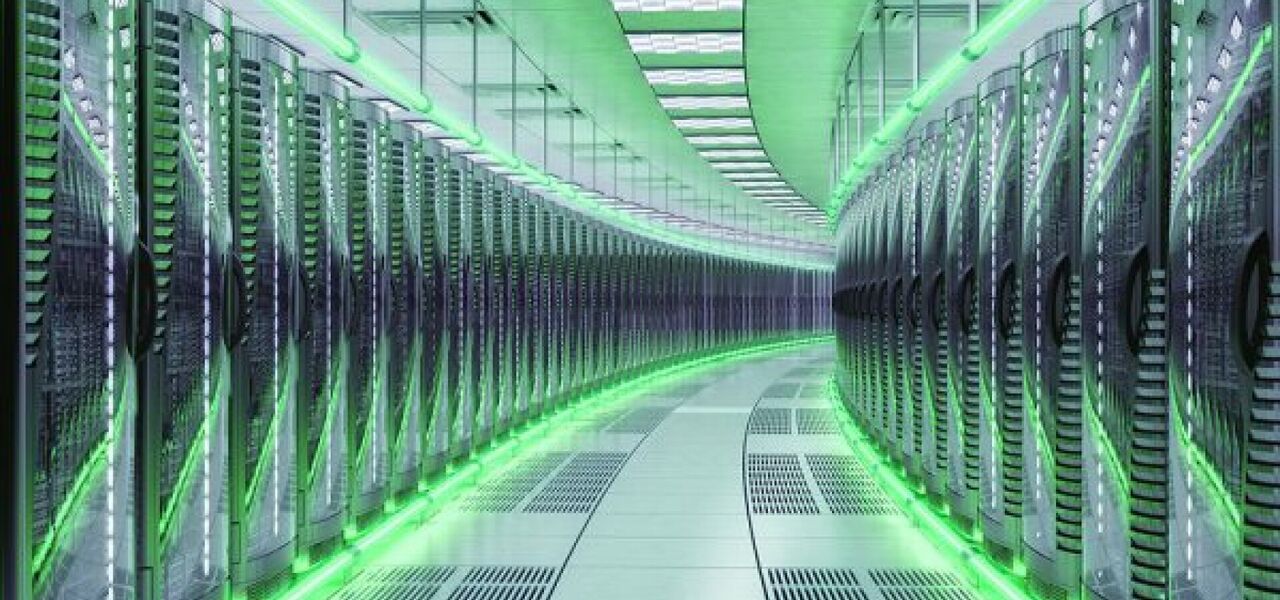Data centres have recently become a very sought-after necessity in the world of construction. With firms gaining an increasing online presence, the need for cloud storage space is growing exponentially. From the largest firms, all the way to much smaller ones, they all need a safe and secure storage space for all their data, and that’s what data centres can provide.
Challenges faced
However, with every new type of construction, challenges can also appear quickly due to the lack of sufficient research, something that is usually achieved with time. But as time is a lacking factor in this case, research is being progressed concurrently. This has resulted in new requirements for both designers and engineers alike. As electrical engineers have to deal with the new discoveries and changes in the world of batteries, IT engineers are having to deal with the changes in servers, and fire engineers are having to deal with all the fire safety requirements of all the above and more.
One of the key changes such buildings have for a fire engineer is that the backup power supply needed is not only for life safety systems cover, but it would also need to power the whole building continuously, that is because business continuity is the key necessity in such locations. Every lost minute can lead to millions of pounds in losses. However, this also means that fuel storage on site is also quite high, thus leading to higher fire safety requirements.
Fire detection and suppression requirements
As water damage is unacceptable in such establishments, most clients would insist on a dry pipe or pre-action sprinkler system. However, some regulations might only require wet pipe systems, mainly to avoid the delay that a dry system can incur. Moreover, as ventilation is a very important issue as higher levels are required for cooling purposes, this can interfere with the detection and suppression system, and must hence be well designed
Also, each client would have their own set of requirements such as protecting certain areas above the regulated standards, and that’s mostly for business continuity purposes. Security is also a major concern for these clients. In case of a fire, people cannot start escaping from a low security area to a high security one to reach a safe space, and that can pose more obstacles in the fire design.
Insurance Considerations
What usually differentiates customers is the size of areas they are mostly interested in protecting, as well as the insurance firm they use, as they are most likely to dictate a lot of the fire safety requirements of the project. One of those major firms is FM Global, which is an insurance company that has its own set of standards, mostly derived from conducting full scale testing for factory settings and requiring performance requirements that match those. This can range from increasing firerating of generator rooms and data halls (that include the servers), all the way to specifying how the batteries would be stacked together for lowest risk of fire growth.
Regulations and standards
Sometimes, the government regulations do not match the insurance firm’s recommendations, and that can lead to some challenges. For example, white walls are a type of partition walls that are frequently used in industrial areas and are known for their fire resisting capabilities. However, they are still not allowed to be used for compartmentation in the United Kingdom as there isn’t enough testing data to support their performance with dampers. Thus, this type of walls is used in areas that require fire resisting construction but are avoided in fire compartments, just to satisfy the official legal requirements.
Moving Forward
There is still a long way to go in the fire safety of data centres, and fire engineers are learning new things every day and applying them to their design. The major thing currently needed is higher awareness from the clients themselves on the importance of fire safety in such settings, especially that life safety can take a back seat in this case to property protection and business continuity.

